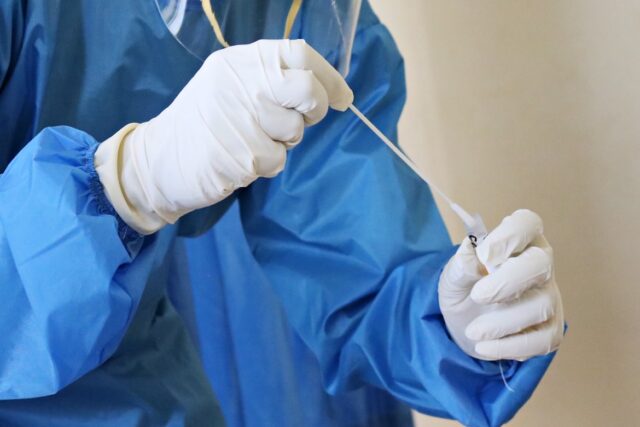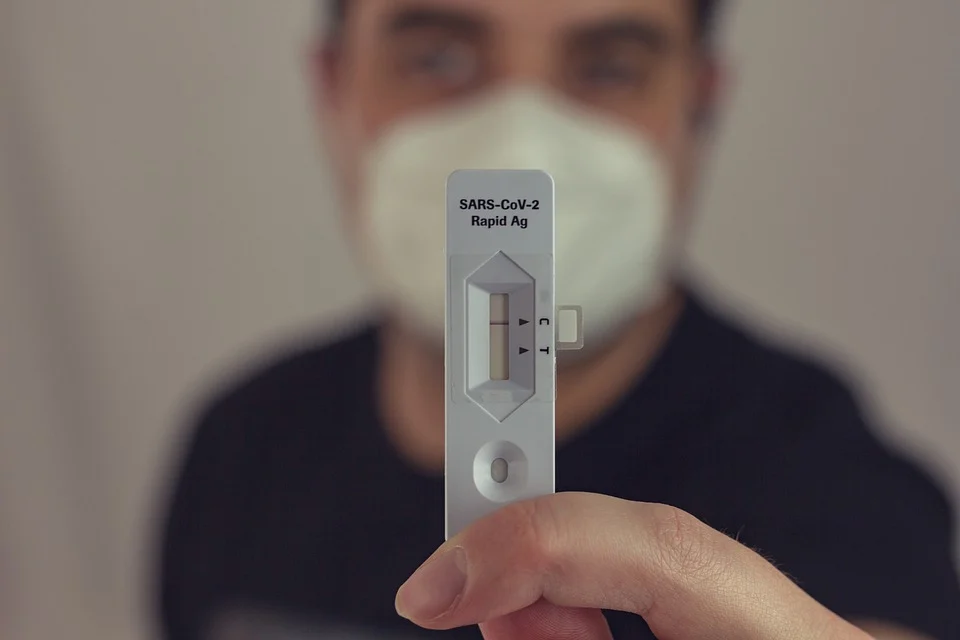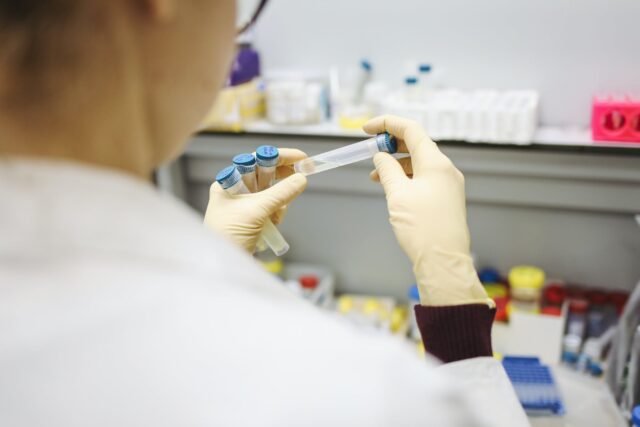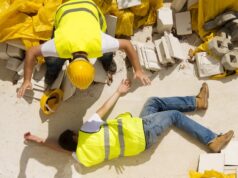
Rigorous testing became one of the world’s primary means of defense against the coronavirus (COVID) outbreak. Early detection was crucial in curbing the spread of the virus, especially among people coming from or living in places with plenty of COVID cases. More importantly, vaccines at the time of their arduous use were still under development, if not in limited numbers.
While testing has contributed significantly to the global pandemic response, it’s by no means flawless. False positive results have quarantined uninfected people while false negative results let infected ones roam free. The short and long-term implications vary from unnecessary medical spending to a sudden spike in COVID cases.
The causes for false results could vary from inaccurate testing kits to mishandling on the healthcare facility’s part. If the latter seems to be the case, consider consulting a lawyer for the possibility of filing a negligence lawsuit. Visit this site to know more about possible legal options, but read on to get a glimpse of COVID test mishandling.
How COVID Tests Work

The World Health Organization (WHO) recognizes three categories of COVID testing, each with varying degrees of execution and accuracy. Not everyone is eligible for a specific test therefore all these options are widely employed.
The first one, the serological test, measures the number of antibodies in a person’s bloodstream. Since antibody testing has been in use for a while, this procedure is easy to do. However, it’s the least accurate of the three, as it can’t detect antibodies while the body is still building an immune response to COVID. Although, this is ideal for identifying those already resistant to COVID.
The following two, rapid antigen testing and Polymerase Chain Reaction (PCR) testing, are more commonly employed in the frontlines. Rapid antigen testing focuses on detecting the protein of the virus, specifically Cas12. It’s a less expensive option and generates quick results since it can be as simple as using test strips that change color.
PCR testing, sometimes referred to as a Nucleic Acid Amplification Test (NAAT), yields the most accurate results. Although, this takes a long time to do so. It attempts to detect COVID’s genetic material in the person’s nasal or pharyngeal swab sample. While it’s possible to receive PCR test results as early as 24 hours, sometimes they can take several days.
Apart from these procedures, the WHO also recognizes two emergency COVID testing methods: the Z-path test and cobas SARS-CoV-2 Qualitative assay. Given their requirement for state-of-the-art equipment, full-fledged medical laboratories employ these more than hospitals or clinics.
PREP Act and Liability Risk

As medical instruments, COVID testing kits are subject to the same medical product liability laws. However, lawyers say that such cases could require an approach different from one involving most medical products.
Litigation involving COVID testing falls under one of three categories. Here’s a quick summary and the effects they pose on the victim.
- False Positive: The test reports a subject has COVID but doesn’t have it or doesn’t exhibit its symptoms. It could force a person to undergo treatment for an illness they don’t have, resulting in unnecessary medical spending.
- False Negative: The test reports a subject doesn’t have COVID but has it. They may also be exhibiting its symptoms or could be asymptomatic. This person is less likely to seek immediate treatment since the test returned negative. Thus, possibly spreading the virus or leading to their death.
- Dangers During Testing: A majority of the cases could involve inflicting harm to the subject during the testing process. Also, a lot can go wrong during the process, from using the wrong instruments to agents causing side effects like paralysis.
In typical cases, the fault would fall upon the one doing the testing, such as medical practitioners or facilities managing them. Liability could also extend to the government body responsible or even the manufacturer of the testing kits. However, one major hurdle making such lawsuits difficult is the immunity clause provided in the Public Readiness and Emergency Preparedness (PREP) Act.
During a public health emergency like the ongoing pandemic, the immunity clause allows the Secretary of Health and Human Services to issue a PREP Act declaration. This statement will protect the manufacture, testing, distribution, and administration of medical countermeasures like COVID testing kits from civil liability.
Medical manufacturers and, to an extent, hospitals often seek protection from the PREP Act when faced with a lawsuit. It has been this way before COVID, with one high-profile case occurring several years back during the swine flu pandemic.
While this arrangement seems to suggest that victims can’t sue for COVID testing mishandling, it’s not as bleak as most think. The PREP Act could also act as a defense and can be a double-edged sword.
Proving Willful Misconduct

As formidable as the immunity clause may appear, the PREP Act doesn’t protect manufacturers and healthcare facilities from willful misconduct. Proving this requires the defendant had:
- Worked intentionally upon a wrongful purpose.
- Acted knowingly without legal or factual reasoning.
- Disregarded an apparent medical risk.
There have been instances where the PREP Act defense failed. For instance, the high-profile case during the swine flu pandemic involved a hospital that failed to administer the swine flu vaccine to a patient. Afterward, the patient died from the disease. The state’s Supreme Court that heard the case argued that failing to vaccinate a person doesn’t fall under PREP Act immunity.
Nevertheless, the PREP Act was designed to make the process of suing the manufacturer or hospital challenging, especially during a public health emergency. Gathering evidence of willful misconduct, while helpful in one’s case, probably won’t be enough. It’ll also require the expert insight of lawyers to develop compelling arguments in the victim’s favor.
Conclusion
The future is uncertain because of this pandemic. Although, facing the worst health crisis is no excuse for a healthcare system to provide substandard medical countermeasures. Thus, healthcare and its providers should be more careful in designing and distributing their protocols. They should do better than harm the average citizens.
When faced with such a situation, don’t hesitate to consult possible legal options with a lawyer. As this pandemic has already been too costly to families, the effects of mishandled COVID tests shouldn’t add to the mix.









